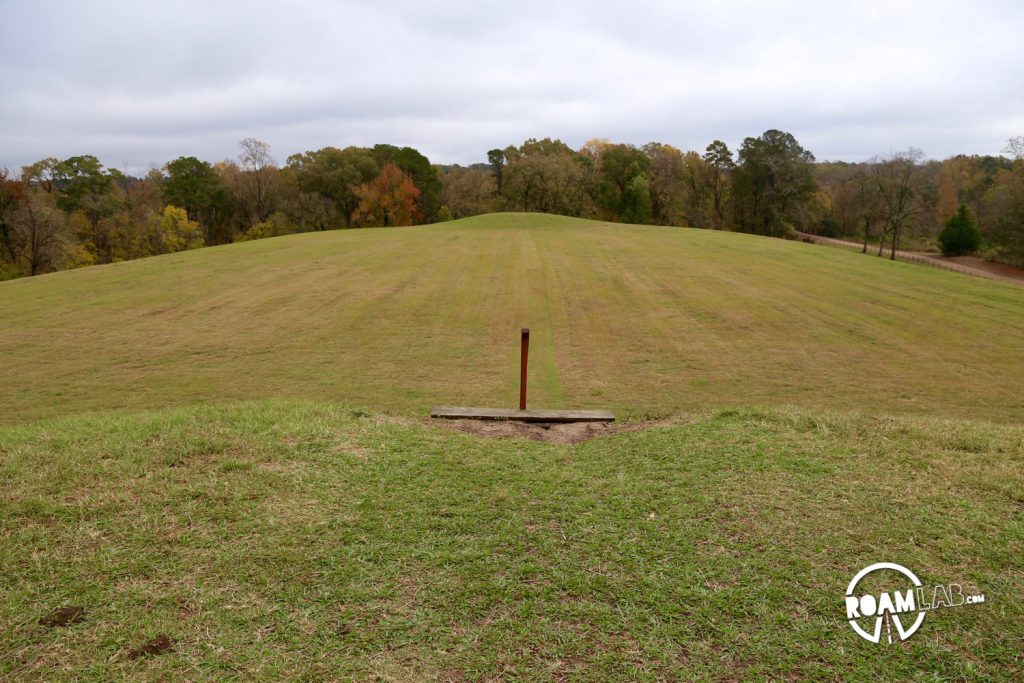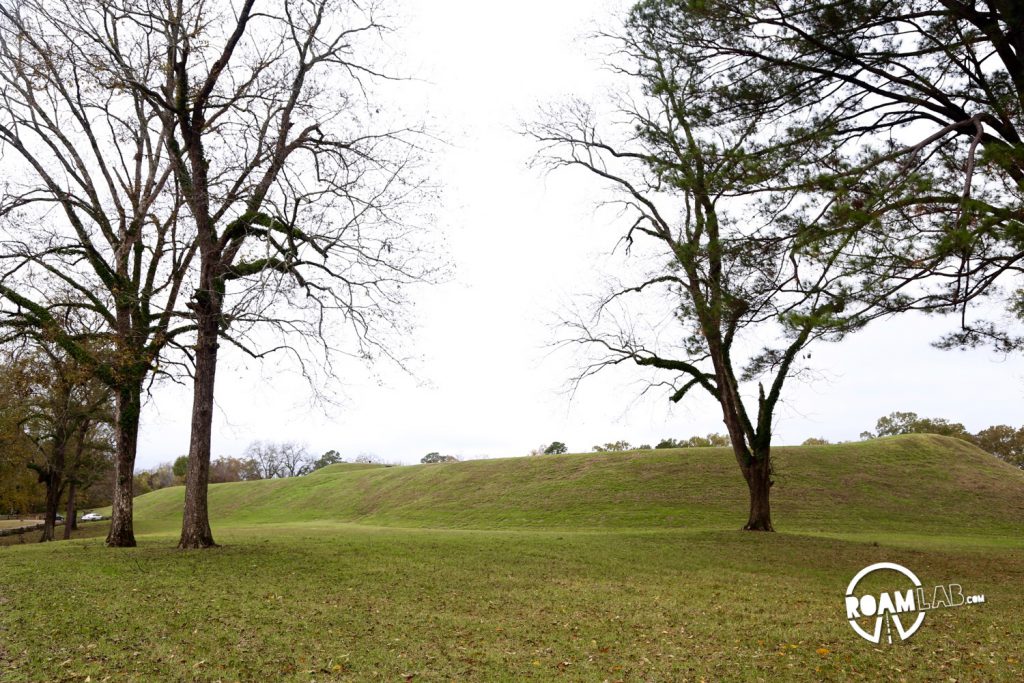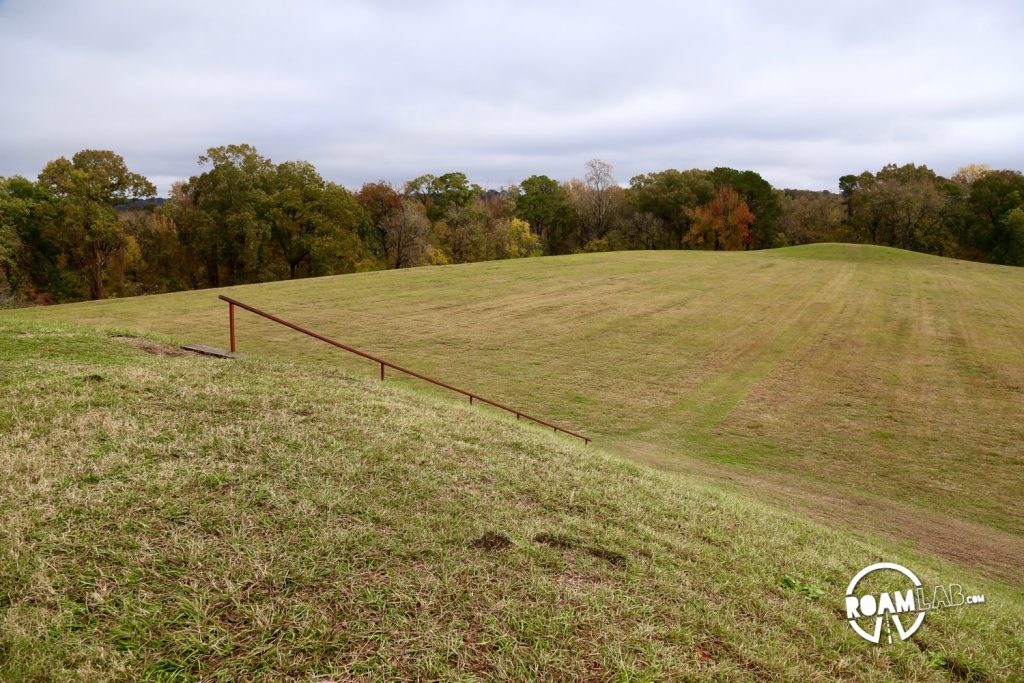The Mississippian Period Mound Builders perfected their art by 1250 AD when ancestors of the Natchez tribe began to sculpt a natural hill into the second largest Pre-Columbian earthwork in the country. Named after a 19th century plantation that surrounded the ancient earthworks, Emerald Mound’s history represents what might as well have been another world. The mound’s base stretches 770 by 435 feet. While the main portion of the mound is 35 feet high, two secondary mounds on top of the main body elevates it another 30 feet. Here was the cultural center of this region. Chieftain and cultural leaders lived in structures on the mound. Ceremonial rights were conducted here up until 1730s. The descendants of these Mound Builders, the Natchez, continued to use the mound until the late 1730s. By then, the Natchez had moved their ceremonial center 12 miles north to the Grand Village of the Natchez.
Lexi Goforth
Lexi lives in a truck camper down by the river.








